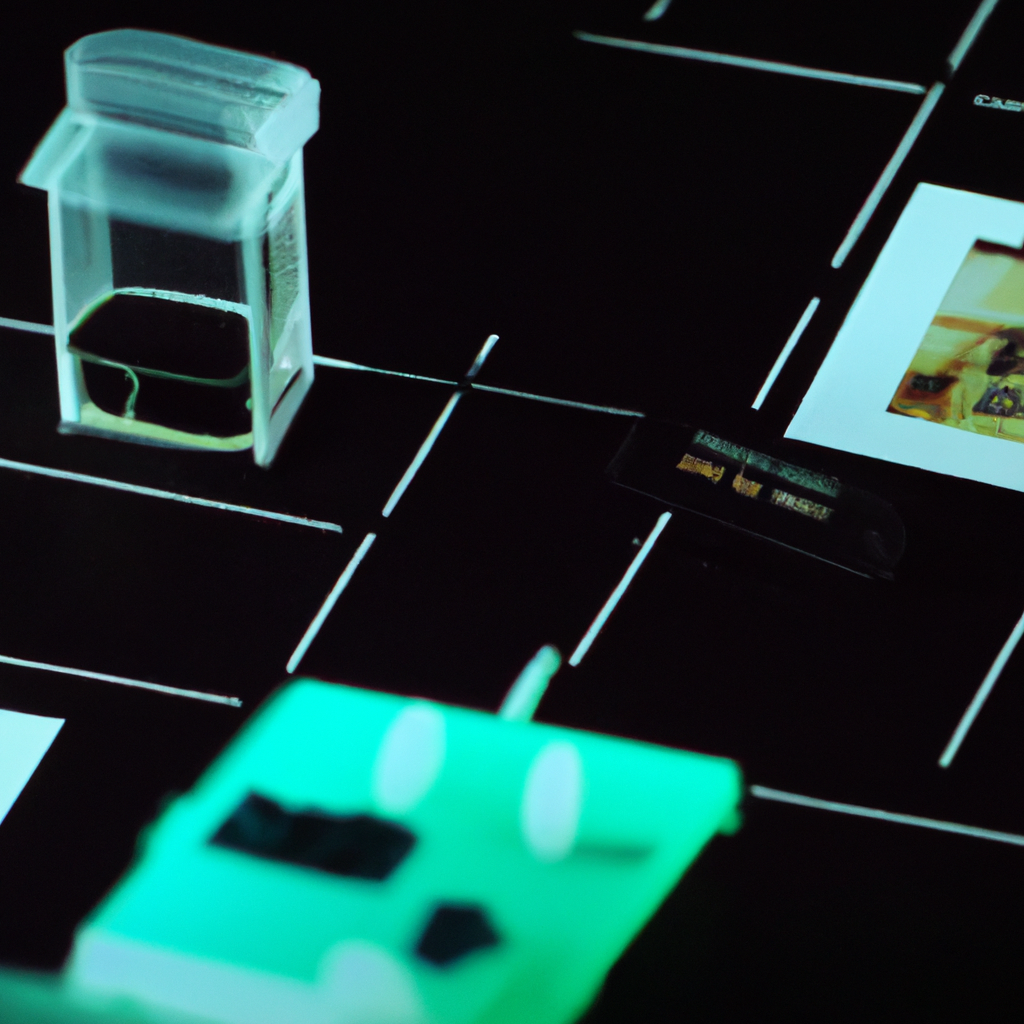-
Reading Roadmap
- Exploring Berson and Yalow’s 1960 Breakthrough in Diabetes Research: The Creation of the Insulin Radioimmunoassay
- Key Takeaways
- Introduction: A Revolutionary Breakthrough in Diabetes Research
- The Development of the Insulin Radioimmunoassay
- The Impact of the Insulin Radioimmunoassay
- Legacy of the Insulin Radioimmunoassay
- FAQ Section
- Conclusion: The Lasting Impact of Berson and Yalow’s Breakthrough
- Key Takeaways Revisited
Exploring Berson and Yalow’s 1960 Breakthrough in Diabetes Research: The Creation of the Insulin Radioimmunoassay

[youtubomatic_search]
Key Takeaways
- Berson and Yalow’s development of the insulin radioimmunoassay in 1960 revolutionized diabetes research and treatment.
- The radioimmunoassay allowed for the accurate measurement of insulin levels in the blood, providing a critical tool for diagnosing and managing diabetes.
- Their work laid the foundation for the development of other radioimmunoassays, expanding the field of endocrinology and improving patient care.
- Yalow was awarded the Nobel Prize in Physiology or Medicine in 1977 for this groundbreaking work, becoming the second woman to receive this honor.
- The insulin radioimmunoassay continues to be a vital tool in diabetes research and treatment today.
Introduction: A Revolutionary Breakthrough in Diabetes Research
In 1960, Solomon Berson and Rosalyn Yalow achieved a breakthrough in diabetes research that would forever change the field of endocrinology. They developed the insulin radioimmunoassay, a method that allowed for the accurate measurement of insulin levels in the blood. This was a critical tool for diagnosing and managing diabetes, a disease that affects millions of people worldwide.
The Development of the Insulin Radioimmunoassay
Berson and Yalow’s work began in the 1950s at the Bronx Veterans Administration Hospital. They sought to develop a method to measure insulin levels in the blood, a task that had proven difficult due to the hormone’s small size and rapid metabolism. Their solution was the radioimmunoassay, a technique that used radioactive isotopes to detect and measure insulin.
The radioimmunoassay was a revolutionary tool. It allowed for the accurate measurement of minute amounts of insulin in the blood, providing a critical tool for diagnosing and managing diabetes. This was a significant advancement in the field of endocrinology, as it allowed for the precise measurement of hormones in the body.
The Impact of the Insulin Radioimmunoassay
The development of the insulin radioimmunoassay had a profound impact on diabetes research and treatment. It allowed for the accurate diagnosis of diabetes and the precise monitoring of insulin levels in patients, leading to improved patient care. Furthermore, it laid the foundation for the development of other radioimmunoassays, expanding the field of endocrinology.
For her groundbreaking work, Yalow was awarded the Nobel Prize in Physiology or Medicine in 1977, becoming the second woman to receive this honor. Berson, unfortunately, had passed away in 1972 and was not eligible for the award, as the Nobel Prize is not awarded posthumously.
Legacy of the Insulin Radioimmunoassay
Today, the insulin radioimmunoassay continues to be a vital tool in diabetes research and treatment. It has been refined and improved over the years, but its core principle remains the same. It allows for the accurate measurement of insulin levels in the blood, providing a critical tool for diagnosing and managing diabetes.
FAQ Section
- What is the insulin radioimmunoassay? The insulin radioimmunoassay is a method developed by Solomon Berson and Rosalyn Yalow in 1960 that allows for the accurate measurement of insulin levels in the blood.
- Why was the insulin radioimmunoassay important? The insulin radioimmunoassay was a revolutionary tool that allowed for the accurate diagnosis of diabetes and the precise monitoring of insulin levels in patients, leading to improved patient care.
- Who developed the insulin radioimmunoassay? The insulin radioimmunoassay was developed by Solomon Berson and Rosalyn Yalow in 1960.
- Did the developers of the insulin radioimmunoassay receive any awards for their work? Yes, Rosalyn Yalow was awarded the Nobel Prize in Physiology or Medicine in 1977 for her work on the insulin radioimmunoassay. Solomon Berson had passed away in 1972 and was not eligible for the award.
- Is the insulin radioimmunoassay still used today? Yes, the insulin radioimmunoassay continues to be a vital tool in diabetes research and treatment today.
Conclusion: The Lasting Impact of Berson and Yalow’s Breakthrough
The development of the insulin radioimmunoassay by Solomon Berson and Rosalyn Yalow in 1960 was a revolutionary breakthrough in diabetes research. It allowed for the accurate measurement of insulin levels in the blood, providing a critical tool for diagnosing and managing diabetes. Their work laid the foundation for the development of other radioimmunoassays, expanding the field of endocrinology and improving patient care. Today, the insulin radioimmunoassay continues to be a vital tool in diabetes research and treatment, a testament to the lasting impact of Berson and Yalow’s work.
[youtubomatic_search]
Key Takeaways Revisited
- Berson and Yalow’s development of the insulin radioimmunoassay in 1960 revolutionized diabetes research and treatment.
- The radioimmunoassay allowed for the accurate measurement of insulin levels in the blood, providing a critical tool for diagnosing and managing diabetes.
- Their work laid the foundation for the development of other radioimmunoassays, expanding the field of endocrinology and improving patient care.
- Yalow was awarded the Nobel Prize in Physiology or Medicine in 1977 for this groundbreaking work, becoming the second woman to receive this honor.
- The insulin radioimmunoassay continues to be a vital tool in diabetes research and treatment today.







